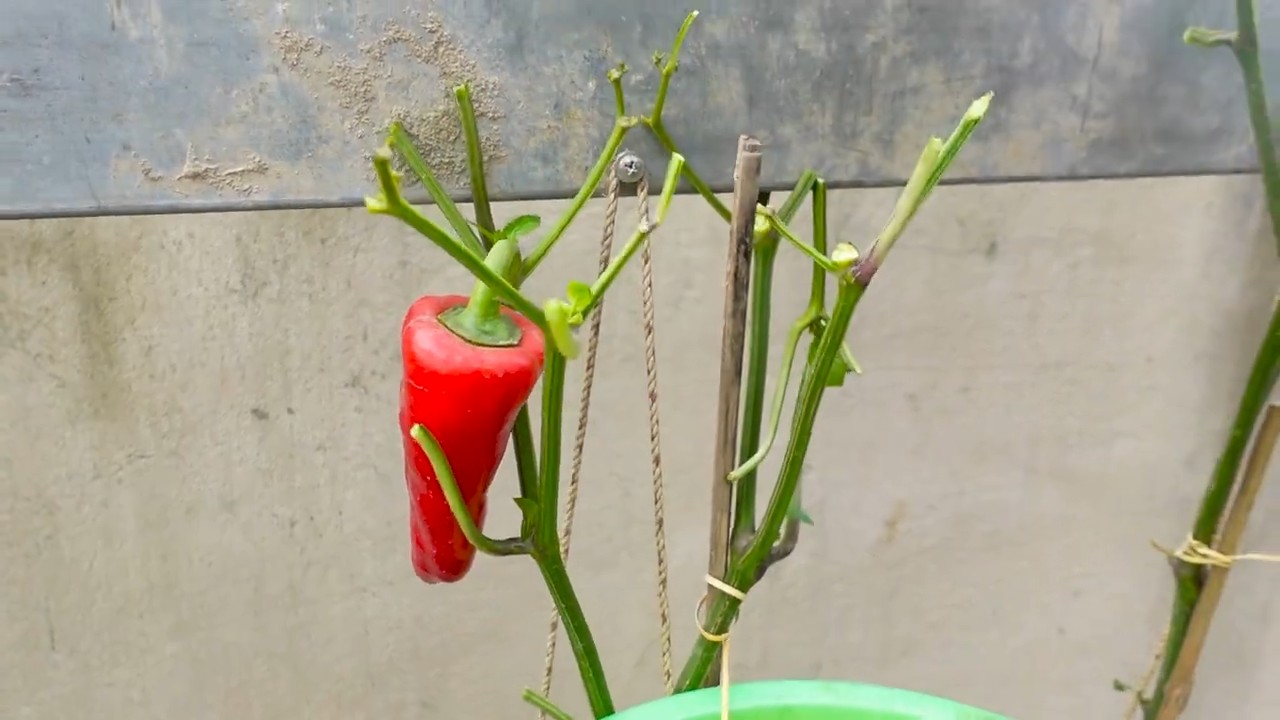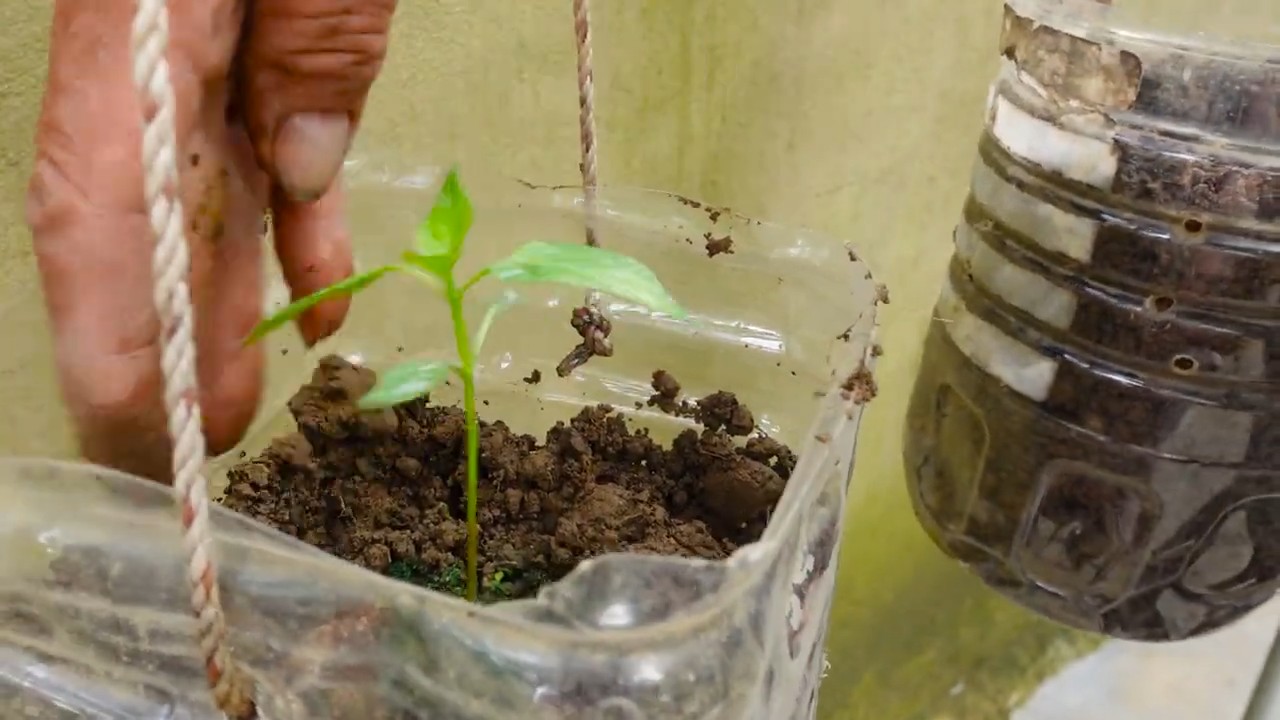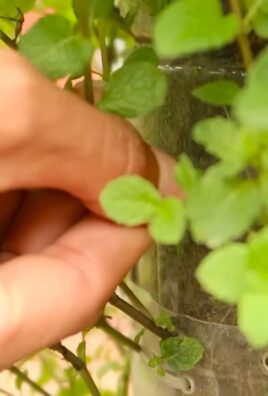DIY Vertical Planter Spinach: Imagine stepping outside your door and harvesting fresh, vibrant spinach, even if you only have a tiny balcony or patio! Forget those sprawling gardens of yesteryear; we’re bringing the farm to you, vertically! For centuries, humans have cultivated spinach, a powerhouse of nutrients, in various ways. From ancient Persia, where it originated, to its widespread use in European cuisine during the Middle Ages, spinach has always been a staple. But let’s face it, traditional gardening can be time-consuming and space-intensive.
That’s where this DIY vertical planter spinach project comes in. I’m going to show you how to create a stunning and productive vertical garden that not only saves space but also adds a touch of green elegance to your home. Whether you’re a seasoned gardener or a complete beginner, this guide will walk you through each step, making it easy to grow your own delicious and healthy spinach. Think of the fresh salads, smoothies, and side dishes you can create with your homegrown bounty! Plus, a vertical planter is a fantastic way to deter pests and keep your spinach clean and off the ground. So, let’s ditch the store-bought spinach and embark on this exciting DIY adventure together!

DIY Vertical Spinach Planter: Grow Your Greens Upwards!
Hey there, fellow gardening enthusiasts! I’m so excited to share this project with you. If you’re like me, you love fresh spinach but maybe don’t have a ton of space. Or maybe you just want to try something a little different. Well, get ready to build your very own vertical spinach planter! This is a fantastic way to maximize your yield in a small area, and it looks pretty darn cool too.
What You’ll Need
Before we dive in, let’s gather our supplies. This list might seem long, but trust me, it’s all pretty straightforward.
* **A Length of PVC Pipe (4-6 inches in diameter):** The length depends on how tall you want your planter. I recommend starting with a 4-foot section.
* **PVC End Cap:** This will seal the bottom of your pipe. Make sure it fits snugly!
* **Smaller PVC Pipe (1-2 inches in diameter):** This will be your watering pipe, running down the center. It should be slightly longer than your main pipe.
* **Drill with Various Drill Bits:** You’ll need a large drill bit (around 2-3 inches) for the planting holes and a smaller one for drainage and watering holes.
* **Measuring Tape or Ruler:** Accuracy is key!
* **Permanent Marker:** For marking your drill points.
* **Safety Glasses:** Protect those peepers!
* **Gloves:** Gardening can get messy.
* **Landscape Fabric or Burlap:** To line the inside of the planter and prevent soil from washing out.
* **Potting Soil:** Choose a good quality potting mix that drains well.
* **Gravel or Small Rocks:** For drainage at the bottom of the planter.
* **Spinach Seedlings or Seeds:** Of course! Choose your favorite variety.
* **PVC Cement (Optional):** For a more permanent seal on the end cap.
* **Sandpaper (Optional):** To smooth any rough edges after drilling.
* **Saw (Optional):** If you need to cut your PVC pipe to a specific length.
* **Zip Ties (Optional):** To secure the landscape fabric.
Planning and Preparation
Okay, now that we have everything, let’s get organized. This step is crucial for a smooth building process.
* **Determine the Size and Placement:** Think about where you want to put your vertical planter. How much sunlight does that spot get? How tall do you want your planter to be? This will help you decide on the length of your PVC pipe.
* Mark the Planting Holes: This is where your spinach will grow! Use your measuring tape and marker to evenly space the holes along the PVC pipe. I recommend staggering them in a spiral pattern for maximum planting space. Leave a few inches at the top and bottom without holes. The size of the holes depends on the size of your spinach seedlings. Aim for holes that are large enough to easily accommodate the root ball.
* Prepare the Watering Pipe: Drill small holes (about 1/4 inch) along the length of the smaller PVC pipe. These holes will allow water to seep out and evenly distribute moisture throughout the planter. Make sure to space them evenly.
* Cut the Landscape Fabric: Cut a piece of landscape fabric that’s long enough to line the inside of the PVC pipe. You’ll want it to extend a few inches beyond the top of the pipe.
Building Your Vertical Spinach Planter: Step-by-Step
Alright, let’s get our hands dirty! Follow these steps carefully, and you’ll have your vertical spinach garden up and running in no time.
1. Drill the Planting Holes: Put on your safety glasses! Using the large drill bit, carefully drill out the planting holes you marked on the PVC pipe. Take your time and be careful not to crack the pipe. Sand down any rough edges with sandpaper.
2. Drill Drainage Holes: Drill several small drainage holes (about 1/4 inch) in the bottom of the PVC pipe. This will prevent the soil from becoming waterlogged.
3. Attach the End Cap: If you’re using PVC cement, apply it to the inside of the end cap and the outside of the bottom of the PVC pipe. Quickly slide the end cap onto the pipe and hold it in place for a few seconds until the cement sets. If you’re not using cement, make sure the end cap fits snugly.
4. Line the Planter with Landscape Fabric: Carefully insert the landscape fabric into the PVC pipe, making sure it covers the entire inside surface. You can use zip ties to secure the fabric to the top edge of the pipe, if desired. This will prevent the soil from washing out through the planting holes.
5. Add Drainage Material: Pour a layer of gravel or small rocks into the bottom of the planter. This will improve drainage and prevent the soil from becoming compacted. A layer of about 4-6 inches is ideal.
6. Insert the Watering Pipe: Place the smaller PVC pipe (the one with the holes) into the center of the larger PVC pipe. Make sure it extends all the way to the bottom, resting on top of the gravel layer.
7. Fill with Potting Soil: Slowly fill the planter with potting soil, making sure to pack it down gently around the watering pipe. Leave a few inches of space at the top.
8. Plant Your Spinach: Carefully remove your spinach seedlings from their containers and gently loosen the roots. Plant them in the planting holes, making sure the root ball is completely covered with soil. If you’re using seeds, follow the instructions on the seed packet for planting depth and spacing.
9. Water Thoroughly: Water the planter thoroughly, pouring water into the top of the watering pipe. This will ensure that the soil is evenly moistened.
10. Find the Perfect Spot: Place your vertical spinach planter in a sunny location that receives at least 6 hours of sunlight per day. Spinach prefers cooler temperatures, so if you live in a hot climate, you may need to provide some shade during the hottest part of the day.
11. Maintain Your Garden: Water your spinach regularly, especially during dry periods. Fertilize every few weeks with a balanced fertilizer. Check for pests and diseases and take appropriate action if necessary.
Tips and Tricks for Success
Here are a few extra tips to help you get the most out of your vertical spinach planter:
* Choose the Right Spinach Variety: Some spinach varieties are better suited for vertical gardening than others. Look for compact varieties that don’t get too large.
* Rotate Your Crops: To prevent soil depletion, rotate your crops every season. Plant different vegetables in your vertical planter each year.
* Add Compost: Adding compost to your potting soil will improve its fertility and drainage.
* Monitor Moisture Levels: Check the moisture levels of the soil regularly. Spinach prefers moist but not soggy soil.
* Protect from Pests: Keep an eye out for pests such as aphids and slugs. Use organic pest control methods to protect your plants.
* Harvest Regularly: Harvest your spinach regularly to encourage new growth. Simply snip off the outer leaves as needed.
Troubleshooting
Even with the best planning, things can sometimes go wrong. Here are a few common problems and how to fix them:
* Spinach is Wilting: This could be due to underwatering, overwatering, or too much sun. Adjust your watering schedule and provide shade if necessary.
* Yellowing Leaves: This could be a sign of nutrient deficiency. Fertilize your spinach with a balanced fertilizer.
* Pests: Inspect your plants regularly for pests. Use organic pest control methods to get rid of them.
* Slow Growth: This could be due to poor soil quality or lack of sunlight. Amend your soil with compost and move your planter to a sunnier location.
Enjoy Your Fresh Spinach!
And there you have it! Your very own vertical spinach planter. Now you can enjoy fresh, homegrown spinach all season long. I hope you found this guide helpful. Happy gardening! Remember to have fun and experiment. Gardening is all about learning and growing (literally!). I’m confident you’ll be enjoying delicious, homegrown spinach in no time.

Conclusion
So, there you have it! Creating your own DIY vertical planter for spinach isn’t just a fun weekend project; it’s a gateway to fresher, tastier, and more readily available greens right at your fingertips. We’ve walked through the process, highlighting the simplicity and cost-effectiveness of this method. But why is this a must-try?
Firstly, consider the space-saving aspect. If you’re an urban dweller with limited gardening space, a vertical planter is a game-changer. You can transform a small balcony, patio, or even a sunny wall into a thriving spinach garden. Secondly, think about the convenience. No more last-minute trips to the grocery store for wilted spinach! Fresh, organic spinach is just steps away, ready to be harvested whenever you need it.
Beyond the practical benefits, there’s the sheer joy of growing your own food. Nurturing your spinach from tiny seedlings to leafy greens is incredibly rewarding. It connects you to nature, promotes sustainable living, and provides a sense of accomplishment that’s hard to beat.
But the beauty of this DIY project lies in its adaptability. Feel free to experiment with different materials for your planter. Instead of plastic bottles, consider using repurposed wooden pallets, old gutters, or even fabric grow bags. Each material offers a unique aesthetic and can be tailored to your specific needs and preferences.
Want to add a touch of color to your vertical garden? Interplant your spinach with edible flowers like pansies or nasturtiums. Not only will they add visual appeal, but they’ll also attract beneficial insects to your garden. You can also experiment with different varieties of spinach. Some varieties are more heat-tolerant than others, while some have a milder flavor.
For those looking for a more advanced project, consider incorporating a simple irrigation system into your vertical planter. A drip irrigation system can help ensure that your spinach receives consistent moisture, especially during hot weather. You can easily create a DIY drip irrigation system using readily available materials like tubing, connectors, and a timer.
Don’t be afraid to get creative and personalize your DIY vertical planter. Add decorative elements like painted designs, stencils, or even small sculptures. The possibilities are endless!
We strongly encourage you to give this DIY vertical planter for spinach a try. It’s a simple, affordable, and rewarding project that will transform the way you grow and enjoy your greens. Once you’ve built your planter and harvested your first batch of spinach, we’d love to hear about your experience! Share your photos, tips, and tricks in the comments below. Let’s inspire each other to create thriving vertical gardens and enjoy the deliciousness of homegrown spinach. Remember, the key to a successful vertical garden is consistent care and attention. Check your spinach regularly for pests and diseases, and water them as needed. With a little bit of effort, you’ll be enjoying fresh, organic spinach in no time! So, grab your tools, gather your materials, and get ready to embark on a fun and rewarding gardening adventure. Happy planting!
Frequently Asked Questions (FAQ)
What type of spinach is best for a vertical planter?
While most spinach varieties will grow well in a vertical planter, some are better suited than others. Consider varieties that are compact and bolt-resistant, meaning they are less likely to go to seed prematurely. ‘Baby’s Leaf Hybrid’ and ‘Space’ are popular choices known for their disease resistance and adaptability. ‘Malabar’ spinach, though not a true spinach, thrives in warmer climates and offers a similar flavor and texture. Experiment to see what grows best in your specific climate and conditions.
How often should I water my vertical spinach planter?
Watering frequency depends on several factors, including the type of planter you’re using, the weather conditions, and the maturity of your spinach plants. Generally, you should water your spinach whenever the top inch of soil feels dry to the touch. During hot, dry weather, you may need to water daily, or even twice a day. In cooler, more humid weather, you may only need to water every few days. Be careful not to overwater, as this can lead to root rot. Ensure your planter has adequate drainage to prevent waterlogging. A good rule of thumb is to water deeply and less frequently, rather than shallowly and more often.
What kind of soil should I use for my vertical spinach planter?
Spinach thrives in well-draining, nutrient-rich soil. A good potting mix specifically formulated for vegetables is ideal. You can also create your own soil mix by combining equal parts of compost, peat moss (or coconut coir), and perlite or vermiculite. Compost provides essential nutrients, peat moss or coconut coir helps retain moisture, and perlite or vermiculite improves drainage. Avoid using garden soil, as it can be too heavy and compact for container gardening. Before planting, amend the soil with a slow-release fertilizer to provide your spinach with a steady supply of nutrients.
How much sunlight does my vertical spinach planter need?
Spinach needs at least 4-6 hours of sunlight per day to thrive. However, it can tolerate some shade, especially during the hottest part of the day. If you live in a hot climate, consider placing your vertical planter in a location that receives morning sun and afternoon shade. If you live in a cooler climate, a location that receives full sun is ideal. If you don’t have access to enough natural sunlight, you can supplement with grow lights. Position the grow lights about 6-12 inches above the plants and keep them on for 12-14 hours per day.
How do I harvest spinach from my vertical planter?
You can begin harvesting spinach leaves as soon as they are large enough to eat, typically about 4-6 weeks after planting. Harvest the outer leaves first, leaving the inner leaves to continue growing. This method, known as “cut and come again,” allows you to harvest spinach continuously throughout the growing season. To harvest, simply snip the leaves off at the base of the stem using scissors or pruning shears. Avoid pulling the leaves, as this can damage the plant. Harvest in the morning, when the leaves are crisp and hydrated.
How do I prevent pests and diseases in my vertical spinach planter?
Regularly inspect your spinach plants for signs of pests and diseases. Common pests that affect spinach include aphids, spider mites, and leaf miners. You can control these pests by spraying your plants with insecticidal soap or neem oil. Diseases that can affect spinach include downy mildew and powdery mildew. To prevent these diseases, ensure good air circulation around your plants and avoid overwatering. If you notice any signs of disease, remove the affected leaves immediately. You can also use a fungicide to control fungal diseases. Companion planting with herbs like basil or marigolds can also help deter pests.
Can I grow other vegetables in my vertical planter besides spinach?
Absolutely! Vertical planters are versatile and can be used to grow a variety of other vegetables, herbs, and flowers. Some good companion plants for spinach include lettuce, radishes, and strawberries. Other vegetables that thrive in vertical planters include herbs like basil, mint, and parsley, as well as leafy greens like kale and chard. When choosing plants for your vertical planter, consider their size, growth habits, and sunlight requirements. Avoid planting plants that will shade out your spinach.
How do I overwinter my vertical spinach planter?
In mild climates, you may be able to overwinter your spinach plants. To do so, protect them from frost by covering them with a layer of mulch or a cold frame. In colder climates, you can move your vertical planter indoors to a sunny location or under grow lights. Water your spinach sparingly during the winter months, as they will not be growing as actively. You can also start new spinach seedlings indoors in late winter to transplant into your vertical planter in the spring.
How long will my vertical spinach planter last?
The lifespan of your vertical spinach planter depends on the materials you use to build it. Plastic bottles may last for a season or two, while wooden pallets or fabric grow bags can last for several years with proper care. To extend the lifespan of your planter, protect it from the elements and clean it regularly. Replace the soil each year to ensure that your spinach has access to fresh nutrients. With proper care, your vertical spinach planter can provide you with years of fresh, homegrown spinach.





Leave a Comment